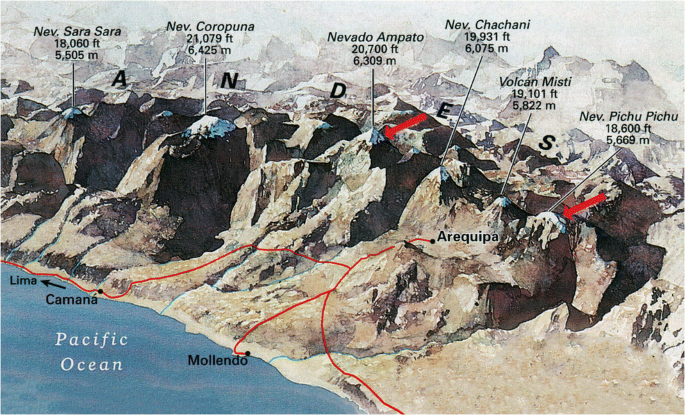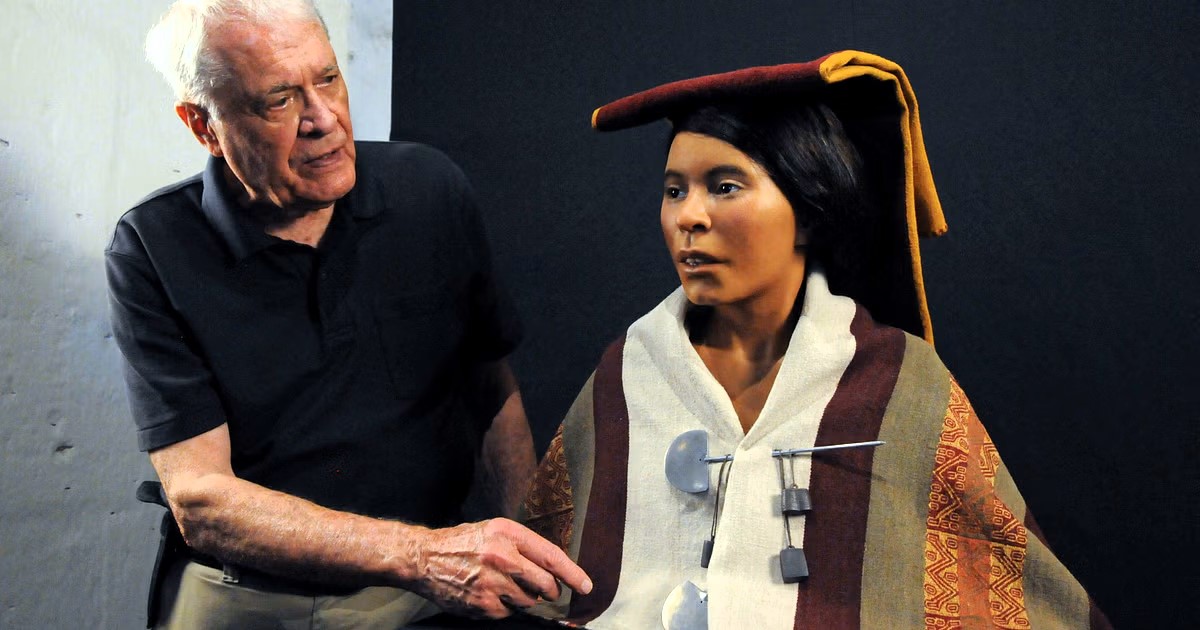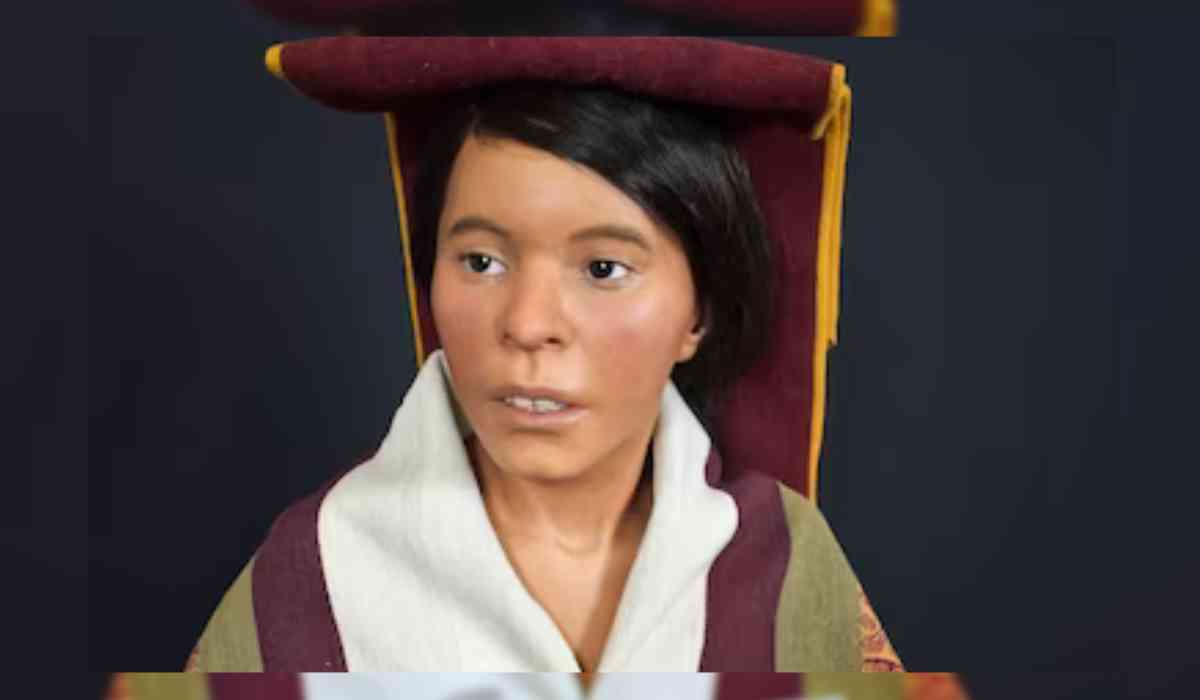Peru has recently revealed a lifelike portrayal of a young girl's head and torso, which is believed to have been sacrificed over 500 years ago as a tribute to Incan deities. This incredible recreation is the result of a collaborative project between scientists from Peru and Poland, who used 3D scans of her mummified remains. The mummy was discovered near the Ampato volcano in 1995, enclosed in an Inca-era burial bundle. Known as the Lady of Ampato, or simply Juanita, she was thought to be in her early teens, around 14 or 15 years old.
Dr. Maria Gonzales, a highly esteemed forensic anthropologist, spearheaded the ambitious project. The Ice Maiden, estimated to be around 15 years old at the time of her sacrifice, was carefully chosen for her remarkable beauty and innocence. Prior to her sacred burial, she was gracefully adorned in exquisite attire and embellished with precious gold and silver jewellery.
Utilizing state-of-the-art 3D imaging and facial reconstruction techniques, Dr. Gonzales and her dedicated team painstakingly reconstructed the visage of the Ice Maiden. Methodically layering muscle tissue, skin, and features onto the digital skull model, they gradually brought forth the gentle countenance of a young girl, radiating with aspirations and a serene smile.

The reconstruction revealed a face with beautifully defined high cheekbones, captivating almond-shaped eyes, and a gracefully refined nose. Her skin, blessed with a sun-kissed tan, displayed gentle marks from the Andean sun. Additionally, the team artfully recreated her traditional Inca hairstyle, featuring intricate braids that symbolized her esteemed status and noble ancestry.
Johan Reinhard, the esteemed US anthropologist who made the remarkable discovery of the mummy, expressed his gratitude for being able to witness the true appearance of her countenance during her lifetime. He emphasized the profound impact this revelation had on their comprehension of her existence and the vibrant Inca civilization, which served to further honour and preserve her memory.
The Ice Maiden's face was of great importance to the people of Peru, as it represented their ancestral heritage and filled them with immense pride. Through stories passed down by the elders, the traditions of the Inca Empire's greatness were preserved for the younger generation.

In the Andes, a memorial has been erected in her honour, where locals come together every year to show their respect, singing traditional songs and offering tributes to the gods. The reconstruction of the Ice Maiden's face not only showcased remarkable scientific achievement but also established a connection to the past, blending the present with ancient stories that shaped the identity of a nation.
Through her, the world was graciously reminded of the Inca Empire's rich history and cultural legacy, as well as the sacrifices made in the name of faith and tradition. The once-mighty Inca civilization, which spanned across western South America, met its end in 1532 with the arrival of Spanish conquerors.
By unveiling the astonishing 3D recreation of the Inca 'Ice Maiden', Peru not only gracefully brought a centuries-old sacrifice back to life but also established a powerful connection between the past and present. This revelation serves as a testament to the enduring legacy of the Inca Empire, gently reminding the world of its remarkable history. Through this extraordinary achievement, the echoes of the past resonate, carrying with them the wisdom and traditions of a civilization that greatly influenced the identity of a nation.
Image credits: Reuters
Ⓒ Copyright 2023. All Rights Reserved Powered by Vygr Media.
























